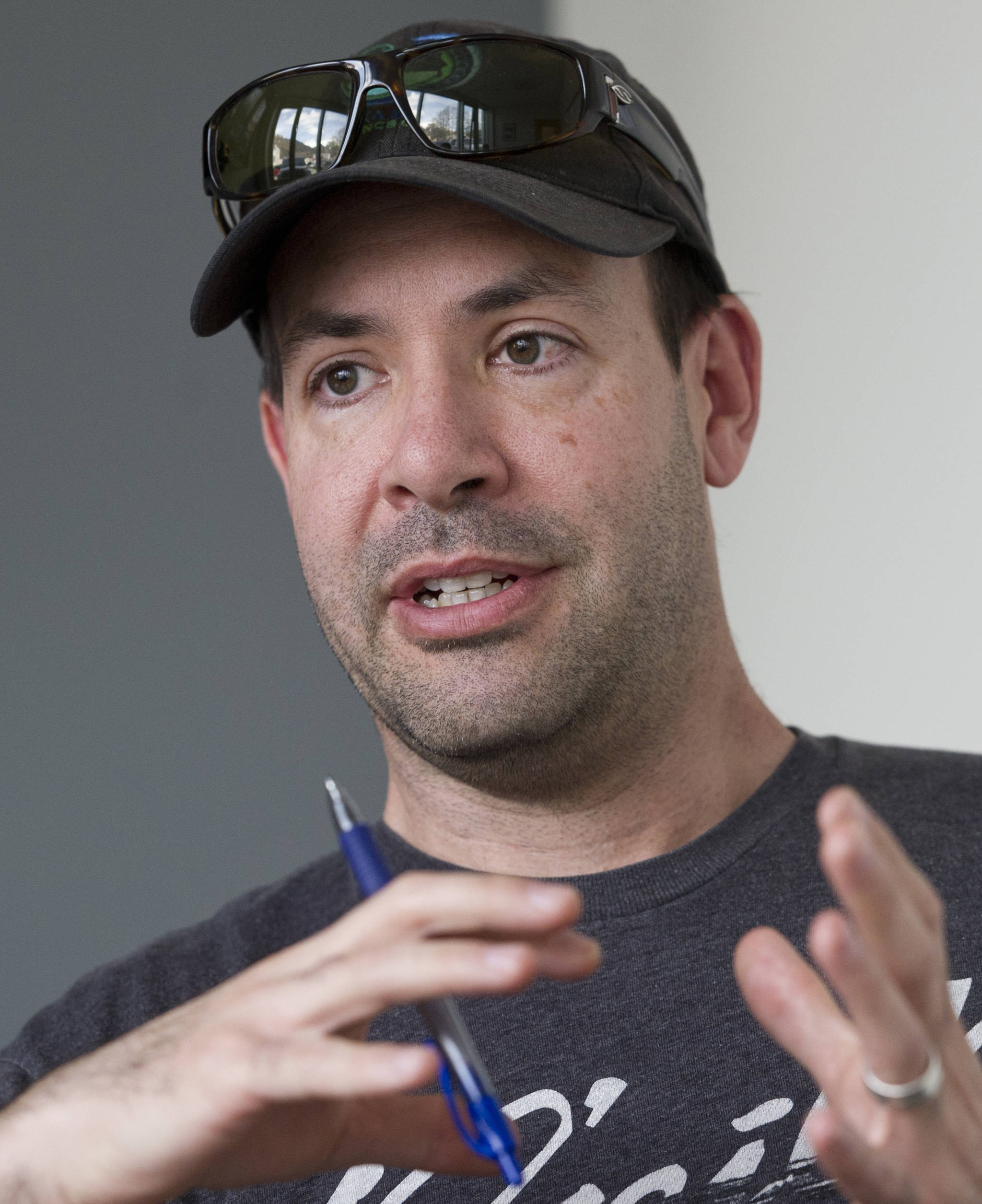Facing a forecasted second-straight year of record low salmon returns and the closure of the first two months of summer fishing, Juneau’s fishermen want answers.
Talk to any angler and you’re likely to hear a litany of hypotheses: warming temperatures in the Gulf of Alaska, climate change, invasive species, el Nino, the Fukushima power plant disaster, ocean acidification and overfishing from a variety of under-regulated foreign fleets. That’s just to name a few.
But scientists and fisheries experts don’t know exactly what’s causing the Taku Chinook population to decline. It could be a variety of these — or none.
The one thing researchers do know is that whatever’s going on is occurring in the ocean, not in the freshwater environment.
The two ingredients
Alaska Department of Fish & Game biologist Philip Richards supervises Chinook research for the 11 river systems ADF&G monitors in Southeast.
He has seen Taku Chinook numbers decline for about 10 years. The dropoff is not just happening in the Juneau area.
“It’s happening throughout central B.C. to the Yukon,” Richards said during an interview at his Douglas office. “Chinook returns since about 2007 have been below average. Taku specific, we are expecting the worst return on record this year.”
ADF&G expects the 13,300 Chinook to return to the Juneau area this year.
For the stock to reproduce at a healthy rate, Fish & Game believes that that number, minus the amount taken by fishermen, needs to be between 19,000 and 36,000 fish. Fish & Game calls this an “escapement goal.”
As long as the number of spawning Chinook falls within or above the escapement goal, the Taku will produce, on average, around 2 million smolt.
Two million seems like a lot of fish. But historically, only about 4 percent of these fish will survive to adulthood and make it back to the Taku to spawn.
Lately, the percentage of fish making it back to the Taku has dropped by about half. From 1990-2006, that number averaged 4.3 percent. Since then only 1.9 percent of Taku smolts have survived to adulthood.
Smolt production, Richards said, has been above average for these years, so the drop in return numbers can’t be due to a lack of smolts.
“There are two main ingredients in the recipe for adult Chinook salmon production,” Richards wrote in an email to the Empire. “One, freshwater production, smolt abundance, the number of smolt leaving the system each year. And two, marine survival, or how many smolt survive to become adults.”
Since the number of smolts coming out of the system has remained healthy, whatever is causing decline of the Taku Chinook is happening in the marine environment. Namely, in a wide swath of saltwater — from Icy Straight, the Gulf of Alaska, even all the way to the Bering Sea — where Taku king salmon mature.
“Our data shows that it’s marine survival,” Richards said.
Prey — there’s an answer
In managing salmon fisheries for the State of Alaska, Fish & Game works with scientists at the National Oceanic and Atmospheric Association.
NOAA studies everything from humpback whales to algae at their Auke Bay Laboratories. Fisheries Research Biologist James M. Murphy, who works at the lab, recently took over one of their key salmon projects, the Southeast Alaska Coastal Monitoring Program.
He trawls for juvenile salmon in Northern Southeast and in the Gulf of Alaska, allowing him to estimate the number of fish surviving during several time periods in their life cycle.
Murphy agrees with Richards that poor Taku salmon returns are likely being affected by poor marine survival.
Several things could be affecting marine survival rates, Murphy said, and researchers do not have anything pinned down yet.
But one hypothesis that NOAA is evaluating is if warming ocean temperatures could be impacting the prey of Chinook salmon, leading to reduced growth and survival.
“Warmer temperatures are generally not considered to be favorable for Chinook salmon. Much of this perspective comes from the Pacific Northwest, where warm conditions tend to have a negative impact on the growth and survival of Chinook salmon,” Murphy said.
“Cold water copepod species tend to have higher fat or lipid content in the Pacific Northwest than warm water species; therefore, warm conditions are believed to contribute to a reduced amount of lipid rich prey species in the marine food chain,” he added, referencing the small crustaceans which make up a primary component of marine ecosystems.
Earlier annual zooplankton blooms, caused by warmer water temperatures, could also be affecting Chinook prey species.
NOAA’s Emily Fergusson works with Murphy on the Southeast Alaska Coastal Monitoring program and conducts research on zooplankton and feeding ecology of salmon in Southeast Alaska. Fergusson’s research has identified an accelerated development of zooplankton associated with the warming waters in Southeast Alaska over the last couple of years.
“The zooplankton stages that we normally see in June are now present in May,” Fergusson said.
Although Chinook salmon tend to feed on small forage fish species, like Pacific herring, Sandlance, and Capelin, these fish rely on zooplankton. Changes in the zooplankton community have the potential to impact the survival of prey species of Chinook salmon.
King salmon fishing remains closed in the Juneau area through June 14.
• Contact reporter Kevin Gullufsen at 523-2228 or kevin.gullufsen@juneauempire.com.

